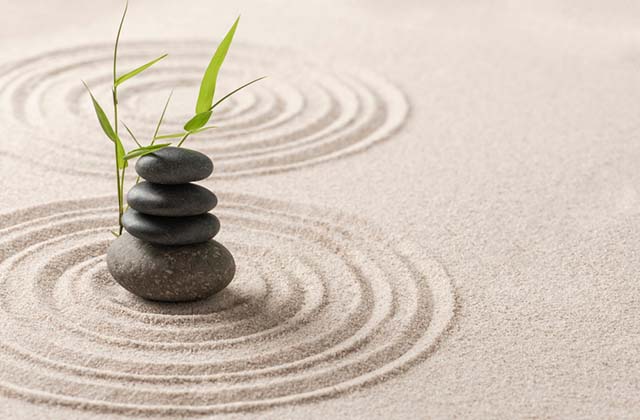Introduction
Cryotherapy is a treatment that exposes the body to extremely cold air. The idea behind it is that exposing your body to extreme cold for a short period of time causes your blood vessels to constrict and redirect blood flow, which can help with pain relief, inflammation and tightness in muscles. Some people also believe it can boost energy levels and reduce stress or anxiety. Individuals which are prone to lumpy keloid scars can be treated by Cryotherapy keloid Sydney.
What is whole-body cryotherapy?
Whole-body cryotherapy, or WBC, is a cold treatment that uses nitrogen gas to cool the body. Patients stay in the chamber for three to four minutes while they are exposed to temperatures as low as -240°F (-150°C). It’s used for pain relief, recovery and performance enhancement. Cryotherapy can also be used for relaxation and stress relief.
The benefits of WBC include:
- Nerve cell regeneration
- Improved range of motion
- Decreased inflammation
How does whole-body cryotherapy work?
The process is pretty simple. You walk into a cryotherapy chamber, which contains very cold air (between -100 and -140 degrees Fahrenheit). You remain in the chamber for about three minutes as your body adjusts to the temperature. The cold air stimulates your body’s natural healing process, improving circulation, reducing inflammation, and easing pain.
How often can you do cryotherapy?
You can do it as often as you want, but it’s important to take breaks between sessions. The effects of cryotherapy can last for up to three days, so if you’re planning on flying soon afterward, keep in mind that your body will be much less likely to get frostbite and kill an airplane engine with its heat-resistant flesh.
How much does cryotherapy cost?
The cost of cryotherapy varies depending on where you live and what kind of machine is used. Most clinics charge between $30 and $45 for a single session lasting less than 4 minutes, but some places offer discounts if you buy packages or membership plans. For example, Cryohealthcare in Manhattan charges $38 per session when purchased as part of a package that includes six sessions over six weeks.
If you want to try cryotherapy on your own at home, it will be more expensive if you purchase equipment rather than renting it from a clinic or gym. For example, The Whole Body Rejuvenation Salon in Burbank offers two types of home cryotherapy machines: one costs $2,000 while the other costs $3,000 plus installation fees (not including taxes). If both machines were purchased rather than rented over five years at 5 sessions per week during peak hours (6am-9am & 2pm-5pm), this would total approximately $10k before taxes/shipping/assembly labor costs!
Who should not use cryotherapy?
If you have high blood pressure, heart disease, diabetes, Raynaud’s disease or cold urticaria (also known as “chronic localized histamine release”), a history of stroke or seizure disorder, are pregnant or breastfeeding — then it is not recommended that you use cryotherapy.
Does cryotherapy have any side effects?
While cryotherapy is generally safe, some people may experience redness, swelling or itching. If you have a low blood pressure and/or any heart problems then it is not recommended for you. Cryotherapy is also not recommended for pregnant women.
While the benefits of cryotherapy are clear and participants feel great afterward, there are potential side effects associated with the procedure that should be considered before you try it out on yourself or others.
Knowing what is involved can help you decide if it’s right for you.
If you are considering cryotherapy, it is important to know the facts. Cryotherapy is not a substitute for medical treatment and should not be used as a cure for any disease.
Cryotherapy has been around since the 1960s, but recent interest in its benefits has led to more clinics opening across the country. However, if you’re thinking about trying cryotherapy for yourself or someone else, there are some things you should know. Here’s what we’ve learned:
- Not everyone can undergo cryotherapy safely. People with certain conditions—including heart defects and high blood pressure—should consult their doctors before attempting this form of therapy on themselves or others.* The procedure is painful.* You have to go through a lengthy cooling-down period after each session (about 10 minutes). This means that if you’re planning on doing multiple sessions per day (which some people do), this will add up quickly.* There’s no proof that it works yet.* Some studies have shown positive effects from regular doses of cold exposure over time; however, none have looked at short-term applications such as those provided by cryotherapy centers.* While most people claim to feel better afterwards and say they plan on going again soon…
Conclusion
If you’re interested in trying cryotherapy, we recommend finding a facility that offers whole-body cryotherapy. It’s the only way to get all of the benefits this therapy has to offer. Whole-body cryotherapy is also the most effective form of treatment for pain management and recovery from injuries, so if those are your reasons for seeking out cryotherapy then definitely stick with whole body treatments.









